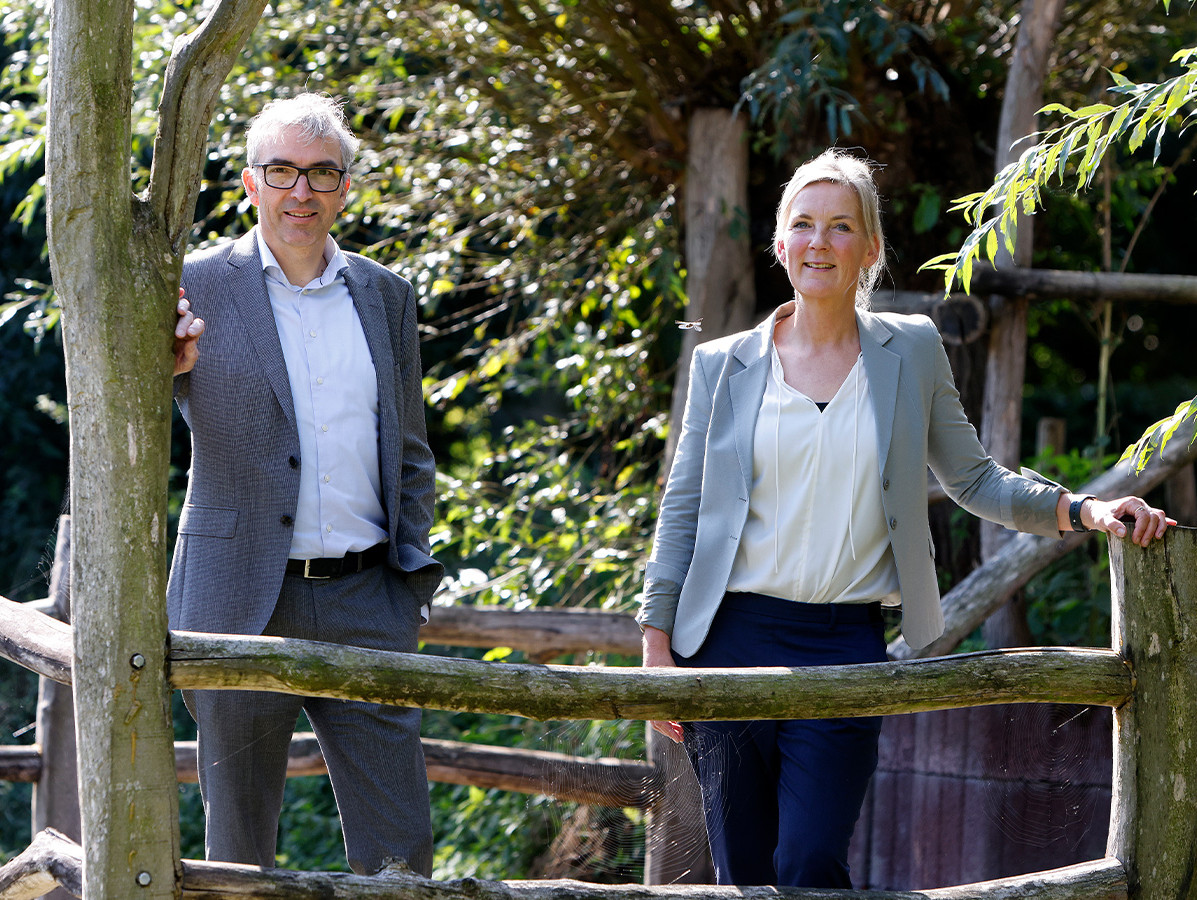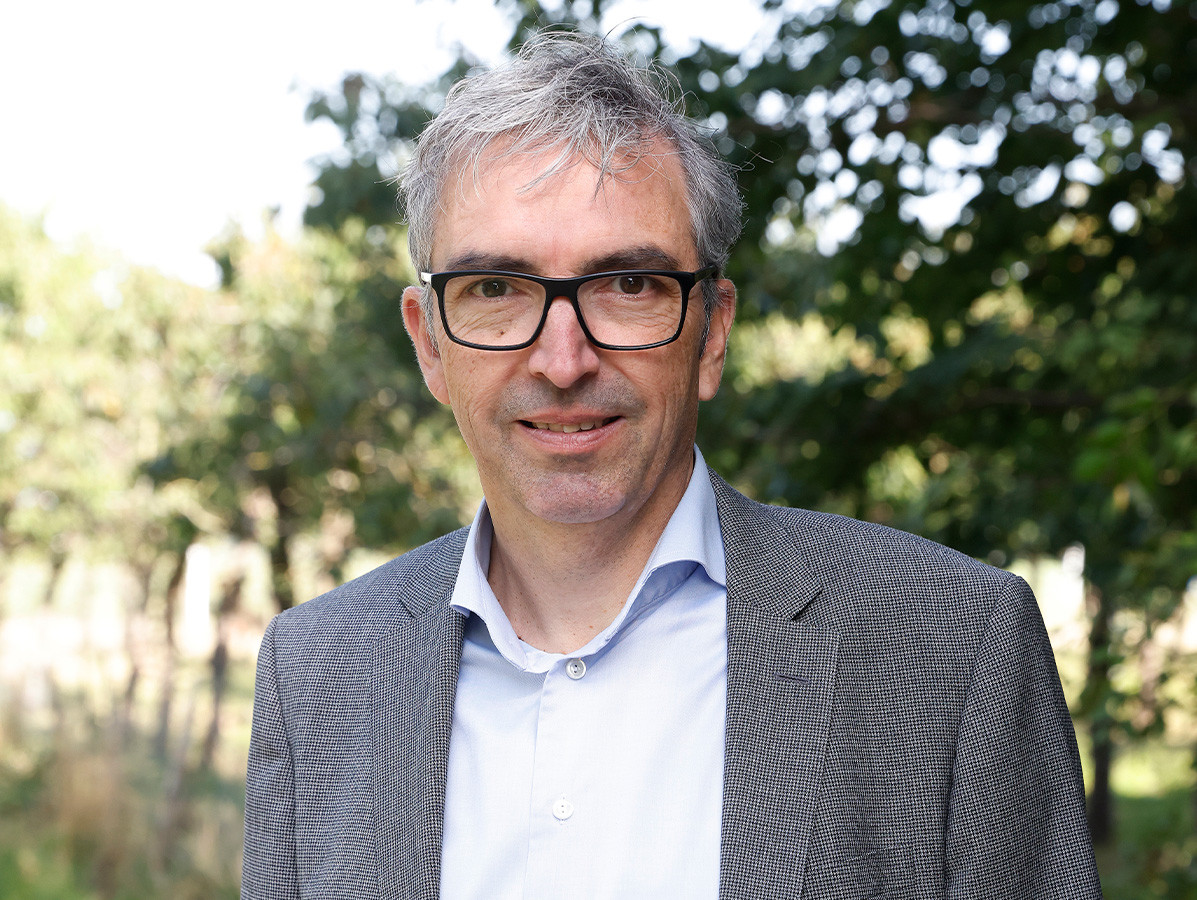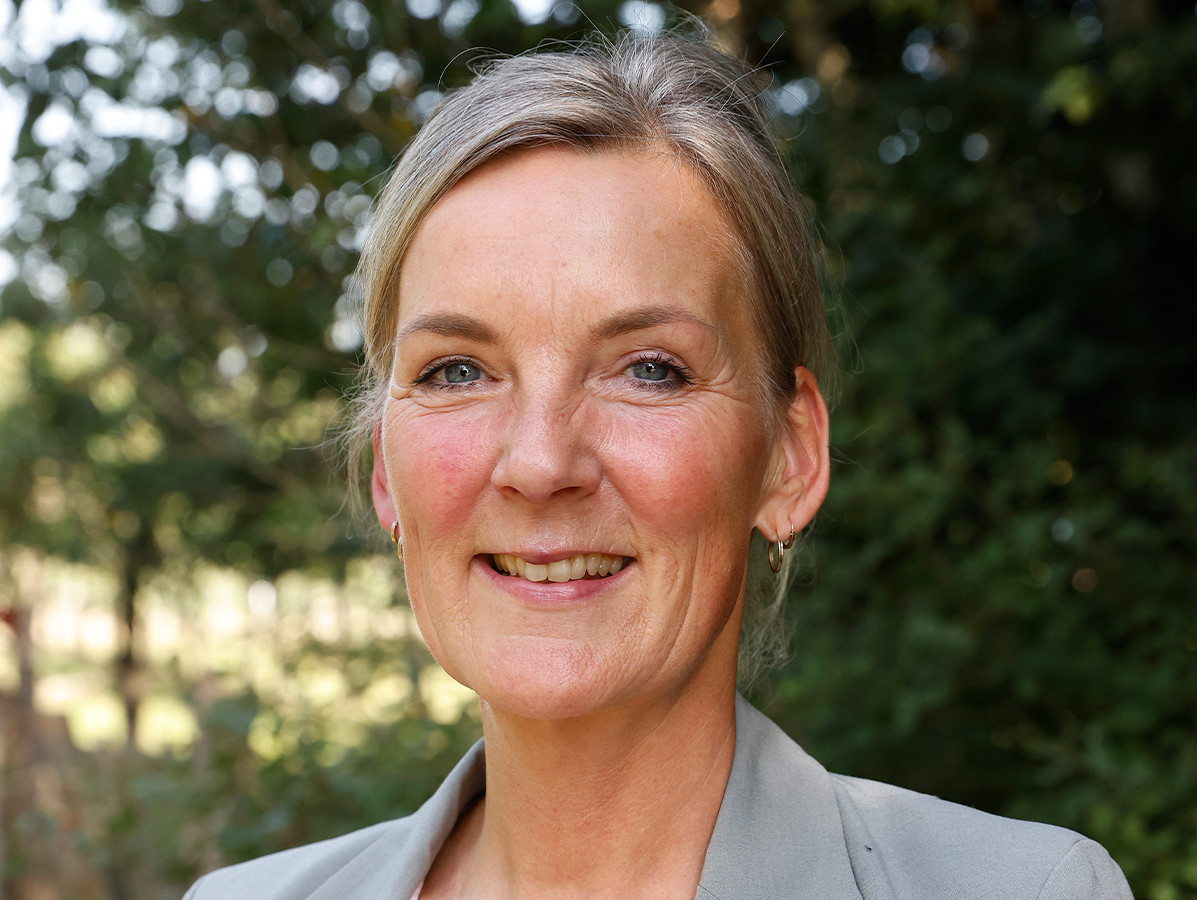
Digitalisation, automation and robotisation are bitterly necessary to keep your head above water as a food manufacturer. However, technical innovation cannot happen without the power of the people in your company. That aspect is still sometimes underestimated. How do you keep your employees connected to this transition?
We discuss it with Arry Verhage, director of the Food Industry Development Fund Foundation (SOL), and his colleague Barbara van der Woerd, programme manager of 'Food in Transition' (FIT) 2030'. "Transition can be overwhelming," says Arry. "That's why we help food companies look change straight in the eye. Unfortunately, there is no one way, there is no 'quickfix solution' to deal with change. Companies differ too much from each other for that: in degree of development, in size, in style of management, you name it."
'There is no 'quickfix solution' to get started with change'
"There are quite a few challenges we face as an industry. The energy crisis, protein transition, circularity, CO2, healthy food," Arry lists. "Our sector has to rely on very small margins and optimisation processes. You can totally see that now, with inflation. Just apart from the game between supermarket and producer, you can imagine that some of the pressure will be in the industry.
CBS data have been pointing towards the predicament we are in now for some time; there are far more job vacancies than job seekers. It is already difficult to find people, and then a lot of people are going to retire in the next few years. We see companies in our sector trying to solve the challenges we face mainly from a purely technical angle. But realise that you have to do that with the people you currently have on board, or can still get on board. In the past, you could still think 'we have new techniques, so we're going to bring in other people...' well, that's not going to happen in the next few years."
Arry, adamant: "True! There is still a lot of repetitive work that is not healthy, because it is mind-numbing and/or physically demanding. Yet in recent years, a lot has been invested in technical innovations and optimisation processes. You would think that after so many years of investing in new technology, fewer and fewer people would be working in the sector. However, the reality is that the number of people employed in the food sector has been rising for years; a striking trend. Business cases for new investments are very much focused on the technical aspects. When it comes to people, it is often limited to 'how many FTEs can we save with this investment?' You have to realise that your employees are your most important asset. So they are not 'hands' - which is what I still sometimes hear-, they are not simply interchangeable. They are people with brains who can help you do things better and smarter! THEY are an essential factor in the success of your business."
'Companies underestimate the power of social innovation'
Barbara: "So how quickly an investment pays off largely depends on the people who work with it. Do they feel involved in the innovations? Can they work well together? Companies underestimate the power of social innovation."

"Social innovation focuses on promoting innovative behaviour within organisations," Barbara explains. "It's about the adaptability of employees, about how they deal with technological innovations. About the ability of people in the workplace to think of how processes can be smarter, better and more efficient. It is essential that management has the skills to encourage innovative behaviour in the workplace. And that there is internal cooperation. That is why, with the Food in Transition (FIT) 2030 programme, we are focusing strongly on communication and on strengthening the learning culture and leadership. There is also a focus on sustainable employability."
Barbara: "Employees often find themselves with very basic questions when automation steps up, or when a new robot arrives. 'What does that mean for me and for my job? Will it make it more fun or more boring?' They think: 'I am a professional, I know everything. Soon there will be a machine that does 80% of the work by itself. Where does that leave my craftsmanship?' If you can't answer these kinds of questions properly, you create anxiety, which can turn into resistance. Don't forget that employees in our industry often feel a very high level of commitment to their team, their product, their company."
"The other day I spoke to the management of a company. They were really cranky because a purchased piece of equipment was hardly used," Arry outlines. "They believed employees were sabotaging it. Meanwhile, the department was busting its ass to get everything done; without using the device. In their eyes, it did not do what was promised. Only when the people on the factory floor and the management really started talking to each other, things got into motion. The employees felt responsible for the production and doubted whether things would work out if they did things differently. The management took that concern as sabotage."
"When things go wrong, it often comes from miscommunication," Barbara summarises. "You can avoid that by including your people in the change process, preferably step by step and right from the start. Discuss what you are going to do, what the goal is, why you are making that choice and how it works. Make it clear what the advantages of the new way of working are and listen to questions. For example, at the companies where things are going well, employees went to see another factory early on, or went to the supplier of a robot where they could ask questions. They chatted to their colleagues. That's how you create internal ambassadors, and thus support for the acceptance of technical innovations."
"After implementation, you are not done," she stresses. "Keep asking people for feedback. Is it working? What can we still learn from each other? Incidentally, this only works if, as management, you dare to look critically and open-mindedly at your own organisation, enter into dialogue with your employees and are genuinely interested in what they have to say."
'You also have to dare to give your people on the factory floor space'
Arry: "Ánd if an employee mentions something you hadn't thought of as a first solution idea, ... dare to do it anyway, trusting that your people know what they are talking about. You haven't gathered them around you for nothing! In our sector, we tend to want to manage everything directly, to be fully in control. Logical, we work in a production environment with high volumes, high speeds and small margins. On the other hand, and this is where it gets exciting, you also have to give the production floor space."

Barbara: "Together, we draw up a business development plan as part of Food in Transition 2030. We look at where the company is now, where they want to go, what that means for the development of the technology and for the staff in the coming years. We make it concrete and applicable. We hold group sessions with people from the entire organisation, from all departments. This gets conversations going that they would not normally have with each other, which is often very enlightening. This working method produces practical plans of approach. Within FIT2030, we have five concrete themes that companies can link up with: vitality; being a good employer; lifelong development; taking control of one's own life and retiring earlier. In almost all programmes, technological changes play a role directly or indirectly."
"True, says Arry: "We also work with government and education partners to meet the challenges of the future. For instance, we have gathered around us 23 external partners - consultancies and trainers - who have earned their spurs in our sector. This allows us to deploy a multitude of activities to support the food and feed sector in developing their skill, agility and vitality on the road to 2030; from individual coaching to workshops, from training courses to business development paths."
Barbara: "We also very much encourage companies from the regions to cooperate with each other; to learn from each other, multiply what goes well, hear what goes less well and see how to improve. A number of companies have already started a kind of community in which they exchange knowledge and experiences, such as Foodtech Brainport in Helmond. We have joined this for the social component. In the regions where there was no such thing, we have helped set up collaborations in recent years."
"Good to mention is that our programmes are under a subsidy scheme. Especially in these times when there is so much coming at our sector, a 35-50 per cent subsidy is sometimes just that little push that can get you to cross the line," Arry concludes. "And we are getting more and more companies together, which is great. Making an impact in the factory floor is one of our hallmarks. Companies are experiencing the need, and finding that it works."
Photos: © Ton Kastermans Fotografie
Source: Vakblad Voedingsindustrie 2022